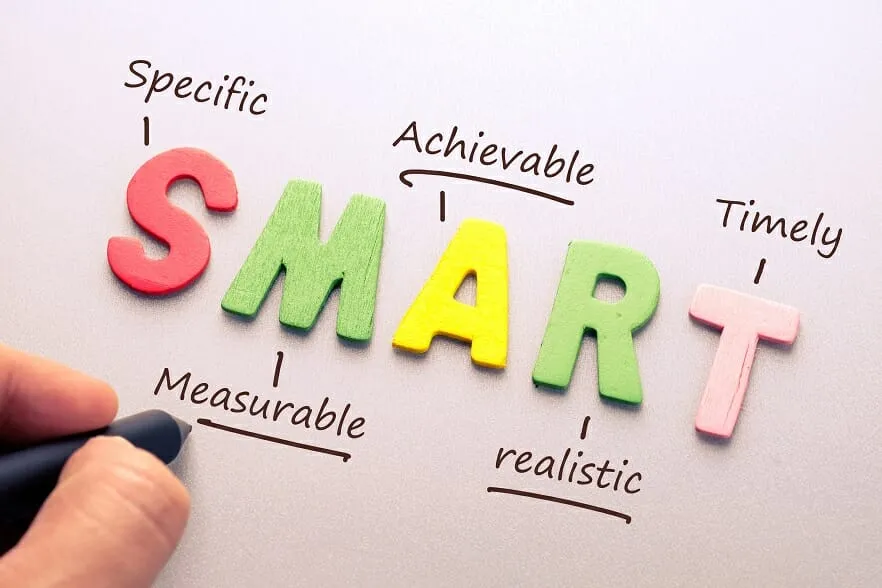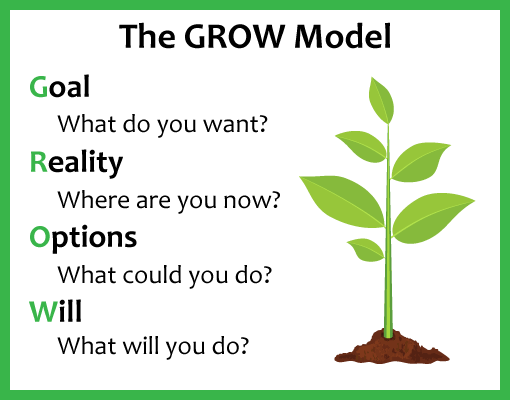SMART goals remain highly relevant in both workplace and personal settings, even with the abundance of AI technologies available today. Here are a few reasons why:
- Clarity and Focus: SMART goals provide a clear and structured way to define what you want to achieve. This clarity helps in maintaining focus and direction, which is crucial in both personal and professional contexts1.
- Measurability: By setting measurable goals, you can track your progress and make necessary adjustments. This is particularly useful in a workplace where performance metrics are important.
- Achievability: SMART goals ensure that your objectives are realistic and attainable, preventing you from setting yourself up for failure.
- Relevance: Goals that are relevant align with your broader objectives and values, ensuring that your efforts are meaningful and impactful.
- Time-bound: Having a deadline creates a sense of urgency and helps in prioritizing tasks, which is essential for productivity.
AI technologies can enhance the process of setting and achieving SMART goals. For instance, AI-powered tools can help you generate SMART goals by guiding you through the process and providing suggestions based on your inputs These tools can also track your progress, provide reminders, and offer insights to help you stay on track.
In summary, while AI technologies offer powerful tools to assist in goal setting and achievement, the fundamental principles of SMART goals continue to provide a solid framework for success in both personal and professional life.

Alternatives to SMART
There are several renowned alternatives to SMART goals that can be effective depending on your needs and preferences. Here are a few:
- OKR (Objectives and Key Results): This method involves setting broad, qualitative objectives and then defining specific, quantitative key results to measure progress. It’s widely used in organizations like Google to align and track goals.
- BHAG (Big Hairy Audacious Goals): These are long-term, ambitious goals that aim to inspire and motivate. They are meant to be challenging and push you beyond your comfort zone.
- FAST Goals: This framework stands for Frequent discussions, Ambitious scope, Specific measurements, and Transparent progress. It’s particularly useful for teams and organizations to maintain alignment and accountability.
- PACT Goals: This approach focuses on the process rather than the outcome. PACT stands for Purposeful, Actionable, Continuous, and Trackable goals
- HARD Goals: These are Heartfelt, Animated, Required, and Difficult goals. They emphasize emotional connection and personal significance, making them more motivating.
- GROW Model: This coaching framework stands for Goal, Reality, Options, and Will. It helps in structuring conversations to set and achieve goals by exploring the current situation, options, and the way forward

Each of these alternatives offers a unique approach to goal setting, so you can choose the one that best fits your style and objectives. Do any of these resonate with you or seem like they might be a good fit for your goals?


Leave a Reply